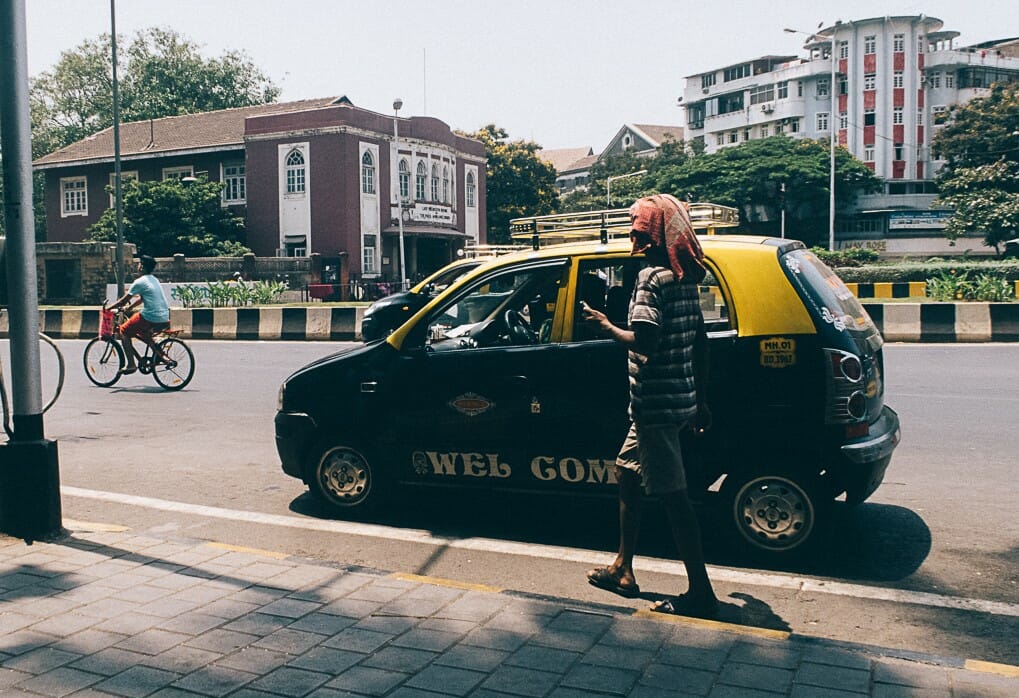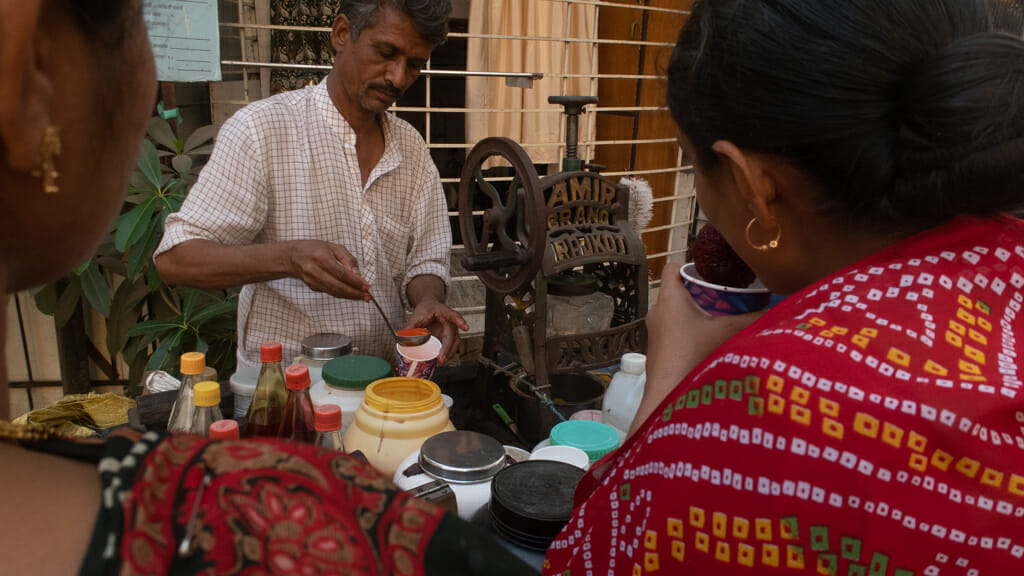Prepare to sweat. Temperatures in Mumbai are expected to see a steady incline, by two to three degrees Celcius, in the coming days. “There is a slight probability that the maximum temperature over Mumbai will be above normal,” says Sushma Nair, a scientist at the Indian Meteorological Department (IMD). “But it will most likely oscillate around normal.”
Although the temperature is unlikely to break 40 degrees Celcius in April, the increasing humidity will add to summer’s discomfort.
“The past few days had temperatures between normal to slightly below normal, because the winds were mainly westerly to northwesterly,” says Sushma.

A year of anomalies
Summer had an early start this year in Mumbai and the country, with the hottest-ever February since 1901— when record-keeping began. The average maximum temperature (29.66 degrees Celcius) in the country broke the previously-held record by February 2016 (29.48 degrees Celcius), according to the meteorologist-run blog Vagaries of the Weather.
Sushma attributes this to weak Western Disturbances (storms that bring unseasonal rain), clear skies and the presence of an anticyclone (a wind system that moves clockwise around a high-pressure centre). “Sometimes, an anticyclone forms earlier than usual. This year, it first formed around East Africa in the beginning of February, slowly moving towards India,” says Viraj Kotian, a weather enthusiast. “And those conditions stayed the whole month, increasing temperatures in Mumbai and the country as a whole.”
Read more: Interview: How to protect yourself against extreme heat in Mumbai
These burning temperatures, reaching six degrees Celcius over normal in the daytime in Mumbai, continued into the first half of March. On March 6th, Mumbai recorded the highest temperature in the country with the Santacruz observatory reaching 39.1 degrees Celcius, while Colaba was at 37 degrees Celcius. Minimum temperatures were 25.4 and 24.7 degrees Celcius respectively. This repeated on March 12th, with temperatures reaching 39.4 degrees Celcius.
The weather then took a sudden shift. The same month it also recorded the lowest maximum temperature March has seen in two years, at 31.1 degrees Celsius at Santacruz on the 19th. Parts of the city proceeded to experience the highest ever rainfall ever in March, owing to two active back-to-back western disturbances.

Overarching causes
It may be tempting to lay the cause for such extreme weather fluctuations to climate change, but all the experts spoken to were in unison that a single year’s fluctuation cannot be attributed to climate change. “These are normal trends that differ every year,” says Viraj. Rajendra Kumar Jenamani, a scientist at IMD, says evidence of climate change can be seen in the frequency and severity of extreme weather events, such as heat waves and heavy rainfall days, which has increased in some areas.
The other global weather phenomenon that has featured heavily in the news is El Nino, conditions in which the equatorial Pacific waters are warmer and cause hotter summers and drier monsoons. For now, according to Sushma, the opposite La Nina conditions still prevail.
“The forecasts issued during February, March or April for El Nino or La Nina from most weather and climate models are not very reliable,” reads Vagaries of the Weather, indicating a confirmation is still pending. “It is possible to have weak-moderate El Nino or just ‘warm-neutral’ conditions in the Pacific this year. If we get another strong Madden-Julian oscillation (MJO) event over the Pacific in the coming few weeks, then the possibility of El Nino is definitely higher.” An MJO refers to a cyclic eastward movement of clouds, rainfall, winds, and pressure.

Impact
“Headaches, heavy sweating, fatigue, intense thirst, dry mouth, small blisters, paranoia or paranoid feeling, leg cramps, rapid heartbeat, vomiting, swelling in legs and face,” are common adverse effects of heat, says Premsagar Tasgaonkar, a researcher at Watershed Organisation Trust (WOTR) and Tata Insititute of Social Sciences (TISS). At more advanced stages, hallucinations and fainting occur. The final and often fatal stage is heat stroke, when the body loses the ability to control its temperature. Immediate medical attention is required.
The severe effects of heat among these are most commonly experienced by those who are continuously exposed to the heat, like labourers and construction workers.
Apart from them, people living in small structures with tin or reinforced concrete (RCC) roofs, likely to be women, the elderly or with existing health conditions, are also vulnerable. “Tin roof houses heat up very fast in the day time, and the RCC roof houses take a long time to cool down during the night,” says Premsagar. The lack of ventilation in the houses also raises the temperature indoors.
“Heat and health advisories should be sent when high temperatures are expected, so accordingly, people can change their work schedule and plan their activities,” he says. Additionally, he recommends tree cover be increased, gardens kept open for everyone at peak times and cool drinking water spots placed intermittently.